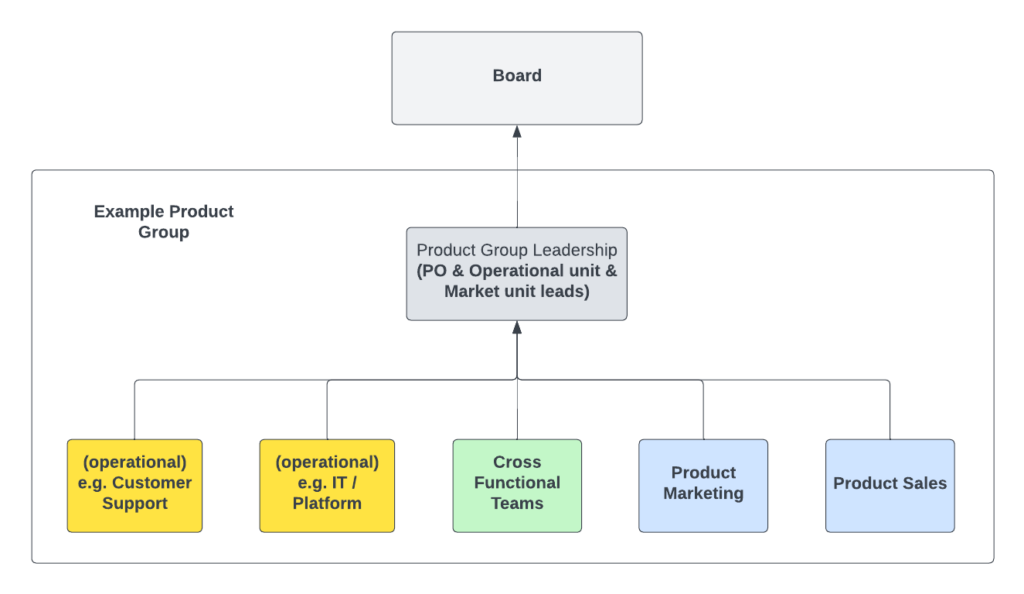Creating Agile Organizations: Designing Your Path to Agility
The Creating Agile Organizations approach is about designing your own organizational framework and coaching its adoption. It is important to note that it is different from frameworks like Scrum, LeSS or SAFe, which have specific structures, rules, events, and artefacts to build upon. Instead, Creating Agile Organizations provides none of that, but provides two sets of guidelines that draw upon decades of academic research and practical experience in organizations similar to yours.
Study First then Apply The Guidelines
The first set of guidelines focuses on Agile Organization Design, which helps you create a customized model that aligns with your specific context. By studying your organization and understanding its current situation, you can gather valuable data to use in applying these guidelines. This process starts with the customer and user and identifies the necessary organizational elements (teams, people, processes) required to deliver value and make an impact. Furthermore, you can use the guidelines to design product groupings that are effective in your specific context.
The second set of guidelines is about coaching, which plays a vital role in preparing the organization for change, launching the adoption of the new framework, and providing support to teams and leadership. These guidelines are essential for successful implementation and transformation within the organization.
To further illustrate these guidelines, let’s address a few common questions that we often hear:
- How should the larger organization be structured?
To determine your optimal structure, it is necessary to study how work functions within your organization, considering factors such as revenue streams, product definition and interdependencies (functional coupling) between departments. By minimizing functional coupling between departments you reduce goal conflicts, unnecessary coordination, and improve agility. Working from the outside in( starting with customers’ and user needs) you define your products and all units required to develop, sustain and enhance them. Once those are clear, you decouple the product groups so they can operate semi-autonomous within the larger organization.
- Which skills should be allocated to each team?
To determine the appropriate skill allocation, it is important to study the types (reciprocal, pooled, sequential) and the intensity of dependencies between skills needed to deliver value. Additionally, assessing cognitive load, feedback loops, and flow efficiency can help determine which functions should be included in your cross-functional teams.
- How should shared services and platforms be managed?
A careful analysis of the essential parts within the product groupings is necessary to address shared services and platforms. These essential parts cannot be separated from the product group without losing the ability to deliver on the product group purpose, much like you cannot remove an engine from a car. The non-essential parts become shared services across product groups.
Two Levels of Adaptability
Agility, as defined by Mike Beedle, refers to an organization’s ability to adapt to new conditions and change its direction while maximizing value and enhancing the customer experience. This definition encompasses agility at two distinct levels within an organization.
The first level is adaptability at the whole organization level. The organization’s capability to adjust its teams to match the changing management strategies. For example, the. organization can easily start, combine, or stop products or services.
The second level, often discussed in the agile community, is about the adaptability of products or services themselves. It answers the question of how a product or service can effectively respond to changing market demands and meet evolving user needs in a timely manner.
Creating Agile Organizations addresses both levels of agility by loosely coupled product groups and multi-dimensional design.

Figure 0. Loosely coupled Product Groups with shared services.
Let’s delve into agility at the overall organizational level as an example.
Multidimensional Organization Design
The concept of a semi-autonomous product group, as detailed in the book “Creating Agile Organizations,” is an example of a multidimensional organization design as proposed by R. Ackoff in the seminal book: Recreating The Corporation. In a multidimensional organization, input units(e.g. HR providing input to other units), output units (e.g. units producing the product), and market units(e.g. sales) exist at each level of the organizational structure. The importance(e.g. espressed in decision making authority) of each unit is determined based on its contribution to the organization’s business objectives.
In Figure 1 you see a product group composed of all types of units. As an example, it shows that IT and Customer support teams are essential parts of the product group.

Figure 1: A simplified view of multi-dimensional organization design
By having input, output, and market units at every level, a multidimensional organization can effectively respond to changing market conditions. It can modify product offerings, marketing strategies, and operational processes without necessitating a complete restructuring. How? Through resource allocation aligned with the relative importance of each unit, the organization can optimize performance and achieve its strategic goals. No structure change is needed.
Furthermore, this setup also promotes integration and collaboration across various functions and disciplines. It encourages cross-functional teamwork, alignment and communication to attain shared objectives within a product group or service group.

Figure 2. A simplified example of Product Group design
Implementing a multidimensional organization design in your company requires studying, gathering data, and applying the provided guidelines to tailor it to your specific context.
Safety of a Framework Or Build Your Own?
Creating Agile Organizations does not have fixed structures, rules, events, or artefacts. Instead, it is about using data to apply guidelines and design for your unique context.
Is this approach without risks? No, in case you want to minimise risks at the cost of team ownership and tailoring to your needs, opting for a framework might be more suitable. However, if your organization aspires to ambitious long-term goals and seeks to co-create with its teams, then Creating Agile Organizations is a worthwhile consideration.